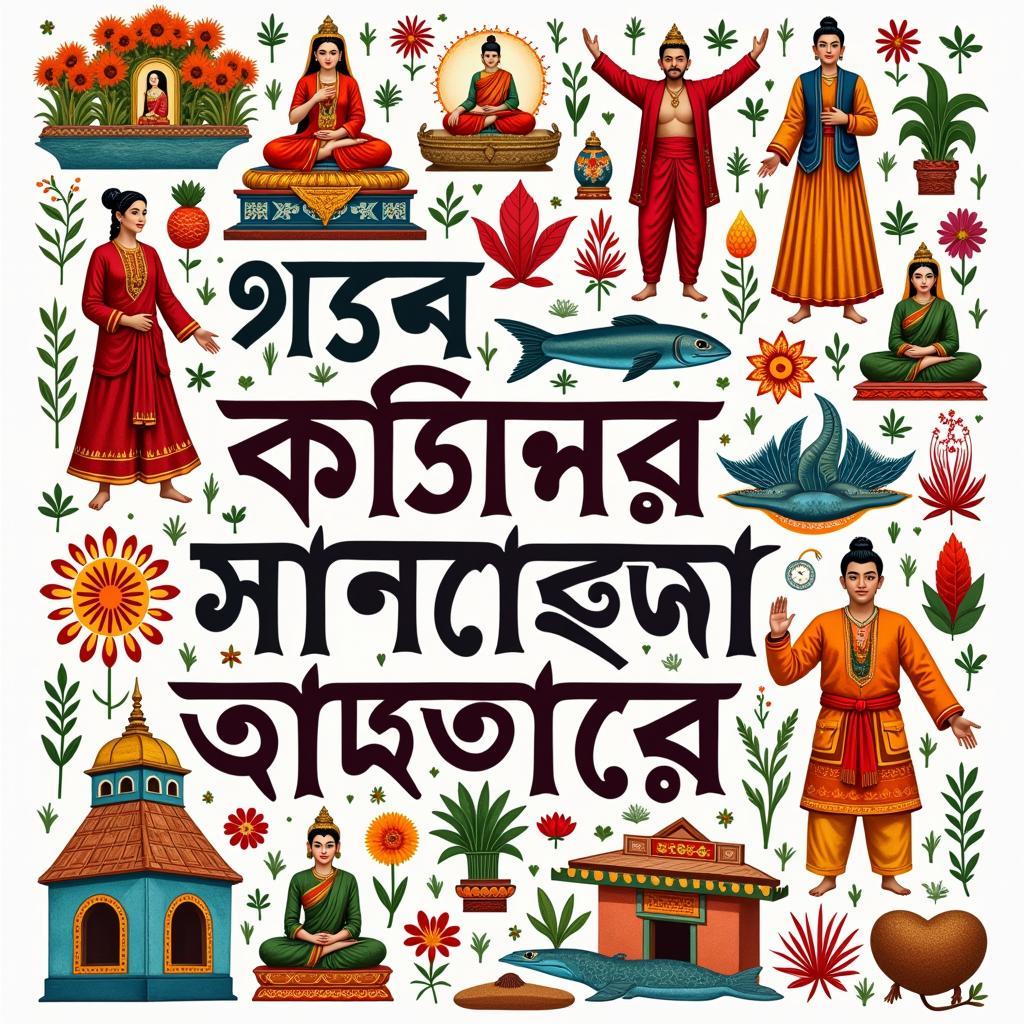The question “are ASEAN countries’ cultures inferior to other world’s cultures” is a complex one, loaded with assumptions and often reflecting a biased perspective. Rather than focusing on a hierarchy of cultures, it’s crucial to recognize the unique richness and inherent value of each culture within ASEAN and globally.
Exploring the Diversity within ASEAN Cultures
ASEAN, the Association of Southeast Asian Nations, encompasses a vibrant tapestry of cultures, each with its own distinct traditions, languages, arts, and belief systems. From the ancient temples of Cambodia to the bustling street markets of Vietnam, from the serene rice paddies of Thailand to the diverse archipelago of Indonesia, ASEAN is a melting pot of influences, shaped by indigenous heritage, colonial history, and ongoing globalization.
The Uniqueness of ASEAN Cultural Heritage
The notion that any culture is “inferior” fundamentally misunderstands the nature of culture itself. Culture is not a competition, but a reflection of a people’s history, values, and adaptations to their environment. ASEAN countries boast a rich heritage of storytelling, music, dance, and visual arts, often deeply intertwined with spiritual beliefs and social customs. These traditions are not only expressions of creativity but also serve as vital links to the past, preserving ancestral knowledge and fostering a sense of identity.
Comparing Cultures: A Flawed Approach
The question “are ASEAN countries’ cultures inferior to other world’s cultures” implies a comparative framework that is inherently problematic. How do we measure the “superiority” or “inferiority” of a culture? By what criteria? Economic power? Technological advancement? These metrics fail to capture the essence of a culture’s intrinsic worth.
Appreciating Cultural Nuances
Instead of ranking cultures, a more meaningful approach is to appreciate their nuances and complexities. Each culture offers a unique perspective on the human experience, providing valuable insights into different ways of life, social organization, and philosophical thought. ASEAN cultures, with their emphasis on community, respect for elders, and spiritual harmony, offer alternative models to the often individualistic and materialistic values prevalent in some Western societies.
ASEAN Cultures in a Globalized World
In today’s interconnected world, ASEAN cultures are not static entities but are constantly evolving, adapting to the forces of globalization while striving to maintain their core values. This dynamic interplay between tradition and modernity creates a unique cultural landscape, where ancient rituals coexist with contemporary art forms, and traditional values are reinterpreted in the context of a rapidly changing world.
The Future of ASEAN Cultural Heritage
Preserving and promoting ASEAN cultural heritage is essential, not only for the benefit of ASEAN communities but also for enriching the global cultural landscape. By fostering cross-cultural understanding and appreciation, we can build bridges between different societies and create a more harmonious and inclusive world.
Conclusion
The question “are ASEAN countries’ cultures inferior to other world’s cultures” is fundamentally misguided. ASEAN cultures are not inferior, but unique and valuable in their own right. By embracing cultural diversity and appreciating the richness of human experience in all its forms, we can move beyond simplistic comparisons and foster a deeper understanding and respect for all cultures.
FAQ
- What are some key characteristics of ASEAN cultures?
- How has globalization impacted ASEAN cultural heritage?
- What are some examples of traditional arts and crafts in ASEAN countries?
- How can we promote cross-cultural understanding between ASEAN and other regions?
- What role does tourism play in preserving ASEAN cultural heritage?
- What are some challenges faced by ASEAN countries in preserving their cultural identity?
- How can we learn more about the diverse cultures within ASEAN?
Scenarios:
Scenario 1: A student is researching the cultural diversity of Southeast Asia for a school project. This article provides valuable information about the richness and uniqueness of ASEAN cultures, challenging the notion of cultural hierarchy.
Scenario 2: A traveler is planning a trip to Southeast Asia and wants to learn more about the local cultures. This article offers insights into the diverse traditions, arts, and beliefs of ASEAN countries, encouraging a deeper appreciation for the region’s cultural heritage.
Further Exploration:
Explore other articles on our website about specific ASEAN countries and their cultural traditions. Learn about the history, customs, and arts of each nation to gain a more comprehensive understanding of the region’s cultural diversity.
Need support? Contact us 24/7:
Phone: 0369020373
Email: [email protected]
Address: Thon Ngoc Lien, Hiep Hoa, Bac Giang, Vietnam.

